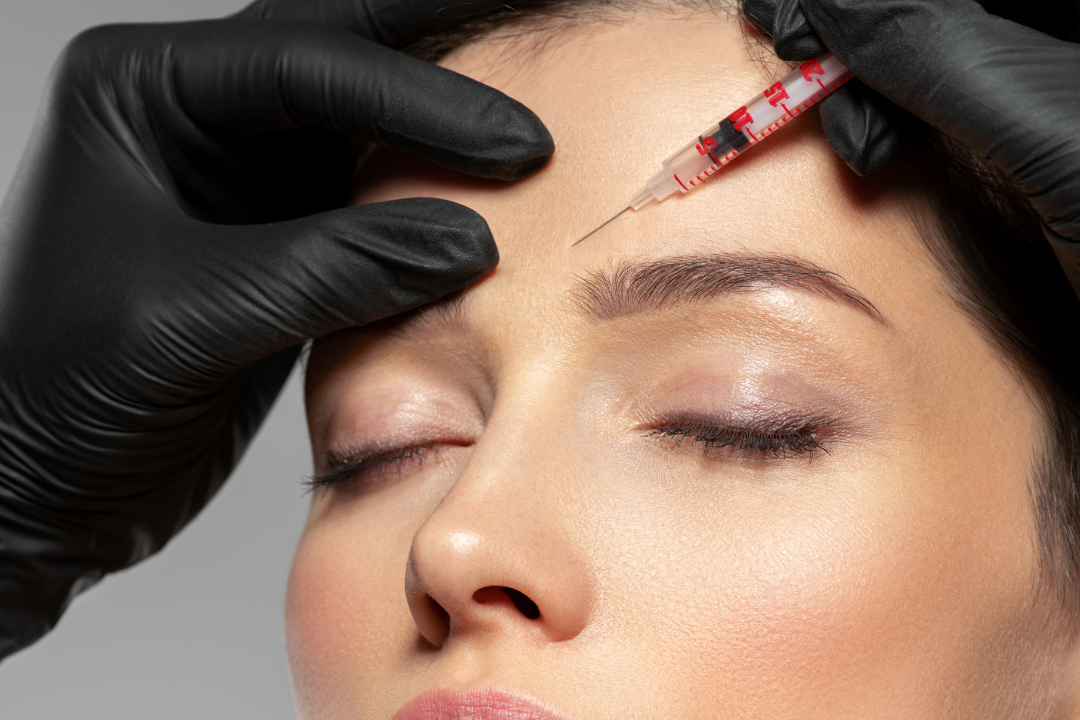Botox is the most popular cosmetic treatment and has been used frequently to reduce wrinkles around our eyes. On one side, people have valued its instantaneous results but on the other hand are skeptical about whether it is safe to consume and ever since heard some disturbing long-term implications. In this balanced and rational article, contemplating the safety of Botox, whether long-lasting consequences result or not.
Understanding Botox
Botulinum toxin type A, also called Botox, is a neurotoxic protein produced by the bacterium Clostridium botulinum. It works by slightly paralyzing select muscles so that wrinkles are temporarily less visible, and new lines don’t form. Botox is safe for cosmetic use when it has been approved by the FDA or MHRA, so long as patients have a trained professional administering their treatment.
The Safety of Botox
Botox has a long history of use, so it is known to be quite safe. Botox injections pose a minimal risk of severe complications when done by an experienced practitioner. The most common side effects are usually quite mild and short-lived, ranging from:
– Bruising or swelling: this will occur in some patients around the injection site and can take 2-3 days to resolve.
– Headache: You may experience mild headaches that usually go away within the day following the procedure.
– Droopy eyelids: While rare, patients can develop ptosis (drooping of the upper lid) that generally goes away after a couple of weeks.
Distant Side Effects of Botox
Although Botox has a great safety record, many people do not want to use it several times because they fear long-term side effects. Long-term safety and efficacy have not been fully established but evidence to date supports the use of Botox over a prolonged duration, however, a few caveats must be considered:
1. Muscle Atrophy: With time Botox may cause bigger and flaccid muscles to the users who used them that leads to urine incontinence due to debilitation of perineal muscles. This is typically reversible, however, if you were receiving Botox it might also take time for the muscles to start working as well again.
2. Resistance: Botox may work less efficiently for some patients due to resistance against it. This may be a result of the development of antibodies to neutralize botulinum toxin which is not formed by all individuals. Though, this phenomenon is very uncommon.
3. Altered Muscle Movement: As soon as muscles are paralyzed, the muscle movement will redistribute to neighboring muscles that can result in a change of their function. Consequently, it could lead to an artificial-looking appearance or Imbalance especially when regular treatments are not kept up.
How to Use Botox Safely
In order to mitigate risks and administer Botox safely, follow these guidelines:
– Select a professional: Be sure that the practitioner providing Botox has certification and training.
– Follow targeted recommendations: Take the recommended dose and only do it so often in order not to over-use
– Monitor for side effects: Keep an eye out for any adverse reactions and reach out to your practitioner if you have concerns.
– Stay Informed: Stay on top of what is new in research and recommendations relevant to Botox.
In conclusion, Botox is mostly safe in cosmetic purposes and generally all side effects are mild and temporary. Although long-term side effects are unusual, they may consist of muscle atrophy, partial resistance, and change in the read below. Practicing best methods and book a consultation with our professional will enable you to benefit from Botox safely. With any medical protocol, it is important to stay informed and decide what the best course of action will be based on fresh and trusted information.




